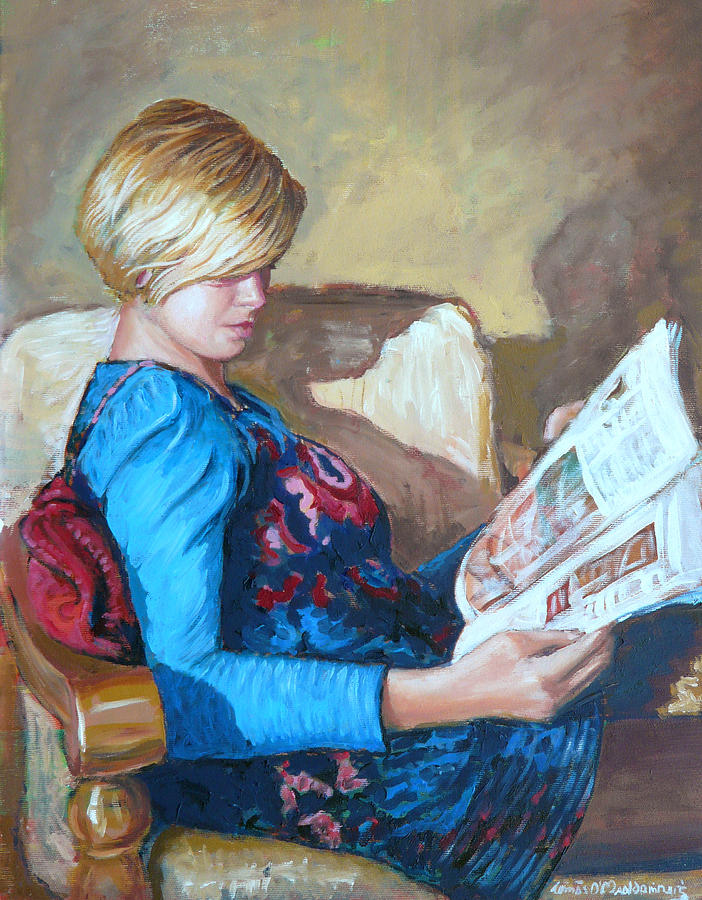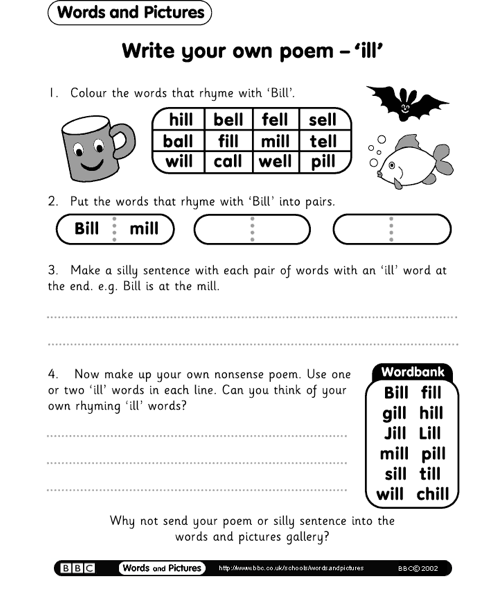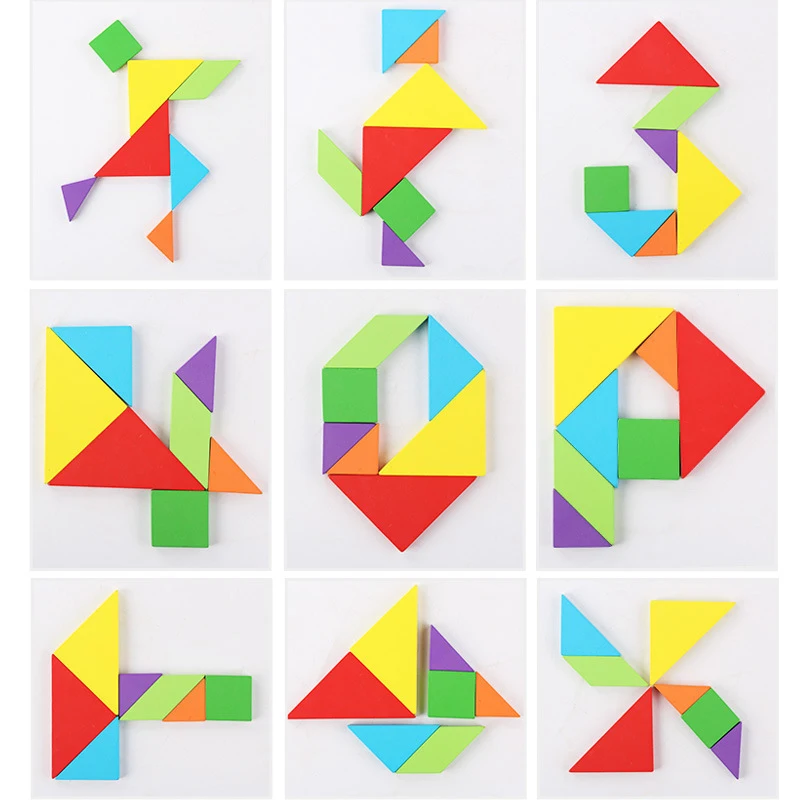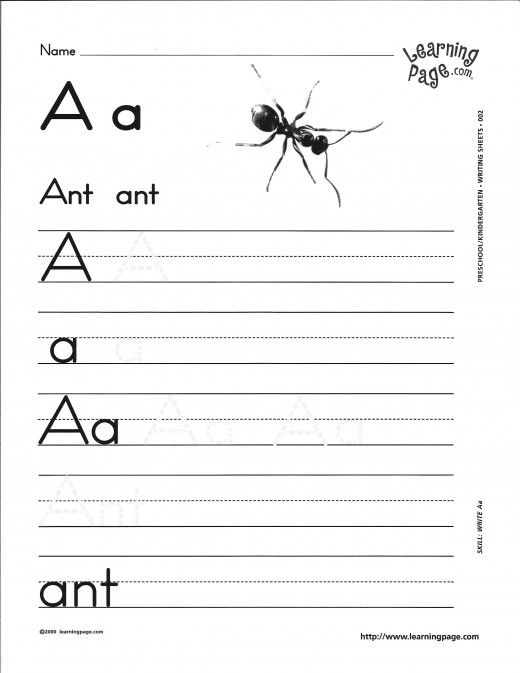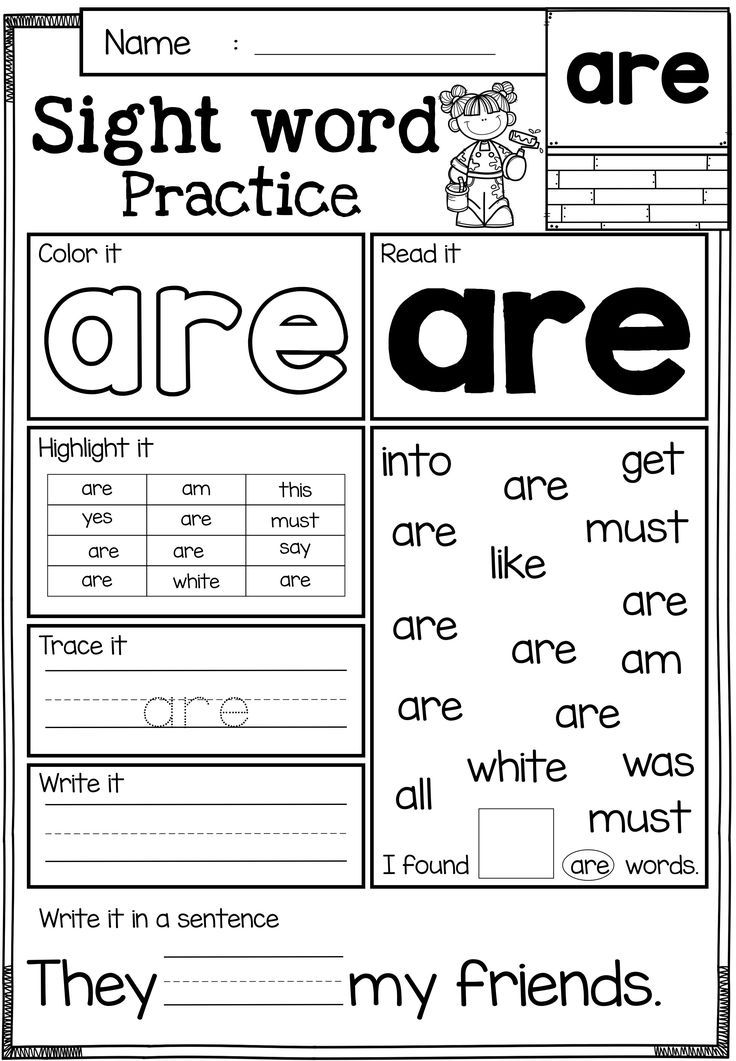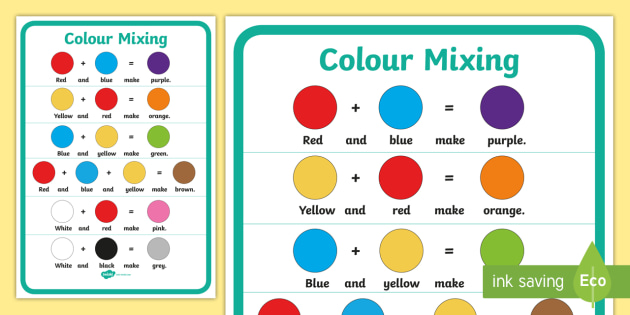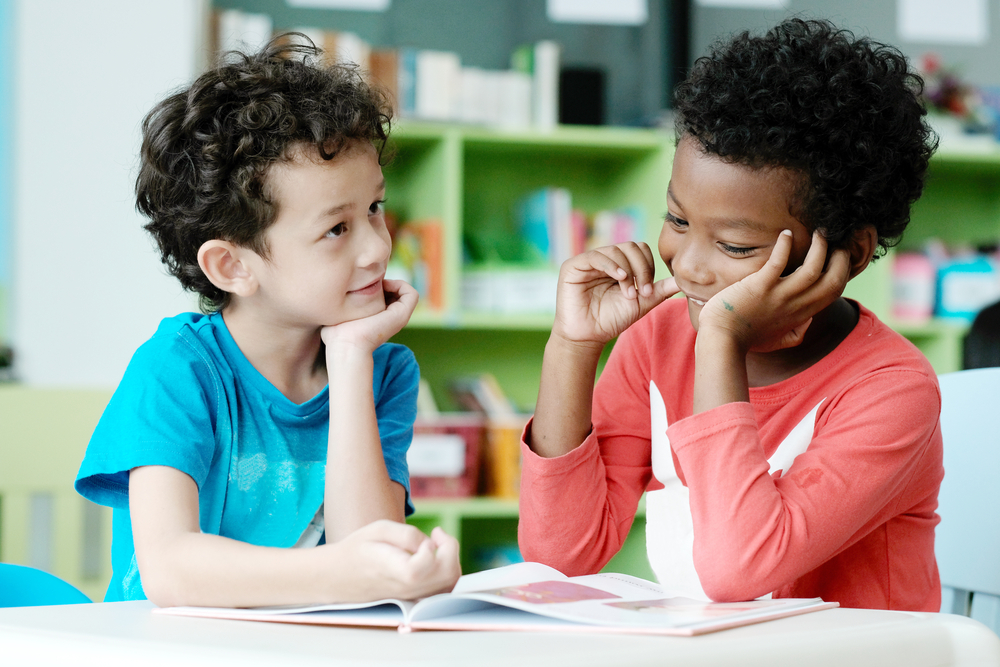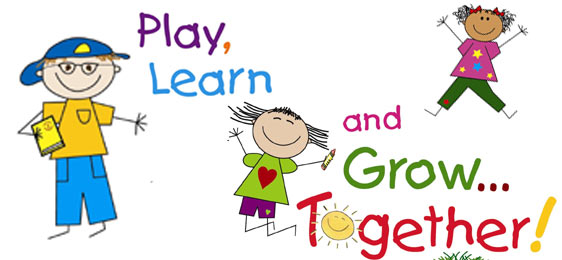Printable letter sounds chart
Alphabet Sounds Chart - with Letter Formation
An alphabet sounds chart is a great resource for young readers and writers. I created it specifically for my Kindergartner.
*This post contains affiliate links.
**The free download can be found at the END of this post. Click on the teal download button.
Alphabet Sounds Chart
After creating our numbers 1-20 chart, I got LOTS of requests for an alphabet chart, too.
We already have a beginning sounds chart, but the alphabet sounds chart I’m posting today is a little simpler for younger learners.
This sound chart is a little different from other charts that you might find on the web.
For one thing, the letter formation for each letter is included. So, learners can use this as a phonics chart to help them spell as well as remember the formation of their letters. Woot!
Secondly, it includes more than just one sound per letter.
- The vowels include the long and short sounds.
- Cc and Gg include both their hard and soft sounds.
- Xx includes the /z/ sound you hear at the beginning of xylophone and the /ks/ sound at the end of box.
- Yy has three sounds featured: 1- the /y/ sound at the beginning of yarn, 2- the long i sound at the end of fly, and 3- the long e sound at the end of baby.
Handling Multiple Sounds with Young Learners
Now, this may seem rather complicated to work on all these multiple sounds, but it can be as simple as this example:
Child is writing: I am… and wants to write happy to end the sentence. She sounds through each letter, using the chart when needed.
If I’m working with the child, when she gets to the -y, I’d say something like: “It sounds like an e goes on the end, doesn’t it? But when we hear that /ee/ sound on the end of words, it is sometimes spelled with a y.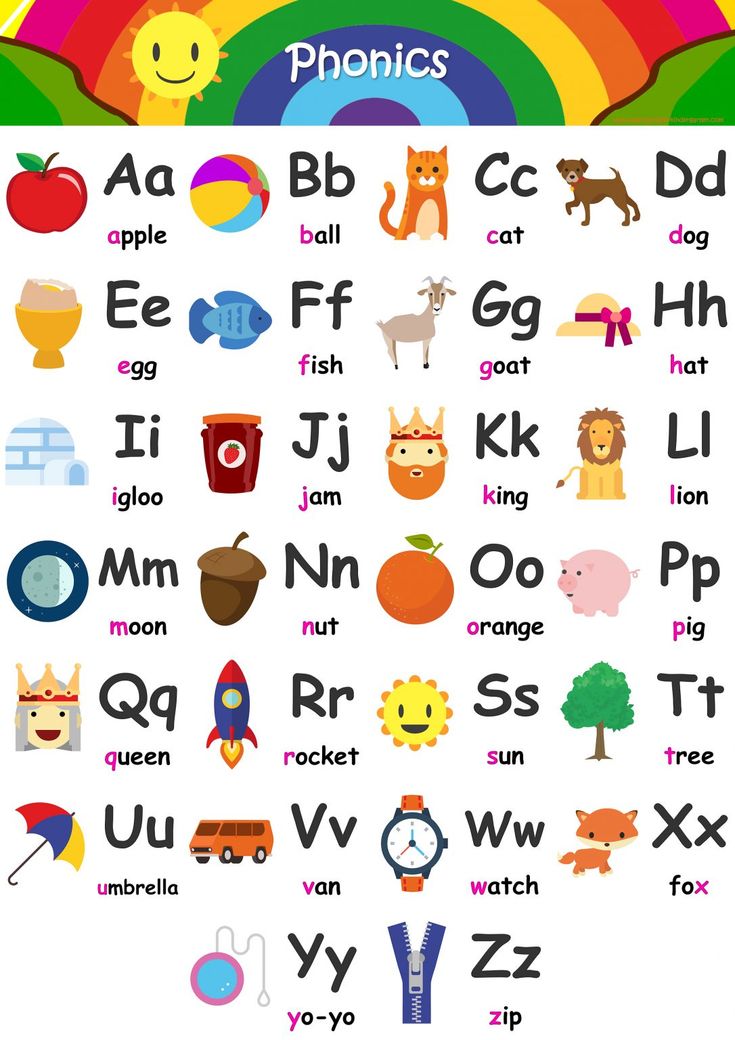 Look on your chart and find the letter y. Do you see the baby? The last letter in
baby is also a y. Let’s write a y at the end of happy.”
Look on your chart and find the letter y. Do you see the baby? The last letter in
baby is also a y. Let’s write a y at the end of happy.”
The key is to keep it simple. I doesn’t need to become a full lesson for knowing how to spell these letters with multiple sounds. That wouldn’t be developmentally appropriate for most Kindergartners.
Two Quick Notes:
- This alphabet sounds chart is offered in color & blackline in the download! Keep scrolling to find it below.
- There are TWO versions. Version 1 on the download includes EAGLE as the key picture for long e. Version 2 includes EGRET as the key picture for long e.
Looking for more Alphabet Ideas?
- Alphabet Sounds App
- Beginning Sounds Trace & Clip Cards
- Printable Alphabet Puzzles
- Alphabet Letter Mazes with Different Fonts
Get the freebie below!
Enjoy!
~Becky
Want MORE Free Teaching Resources?
Join thousands of other subscribers to get hands-on activities and printables delivered right to your inbox!
Free Printable Phonics Charts for Beginning Readers
Affiliate links may have been used in this post.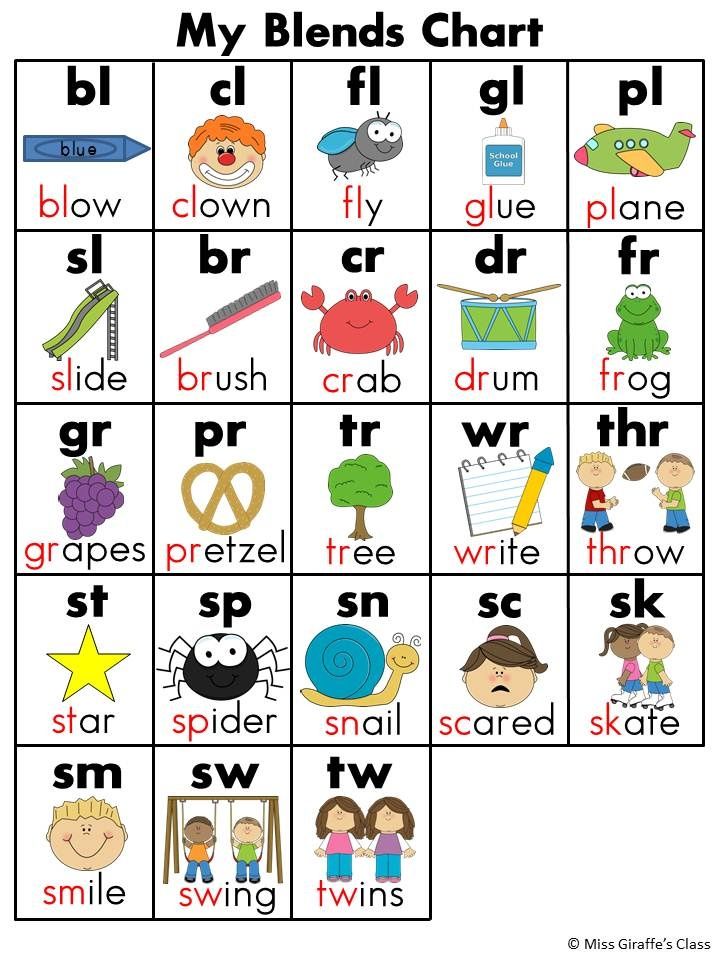 FREE offers are often time-sensitive and may be limited time only.
FREE offers are often time-sensitive and may be limited time only.
Learning the alphabet and letter sounds can be overwhelming at first glance, but it doesn’t have to be! These Free Printable Phonics Charts for Beginning Readers are colorful and so nicely laid out that your child’s eye will be easily drawn to them.
What is phonics?
I remember phonics books from my elementary public school. I loved it, it was about the only subject I enjoyed. Phonics is a method used in teaching children (people) to read by matching up sounds with different symbols in the alphabet writing system. We had a colorful phonics chart on the wall with cute characters and colorful pictures that drew my eyes to it.
Decoding words and spelling words are mostly dependent on the phonics method which uses the “sounding out” (phonological awareness) processes.
There are several ways to teach phonics and one beneficial way is by using a phonics chart. When we first started homeschooling I hung a phonics chart on the wall like the one I remembered from school.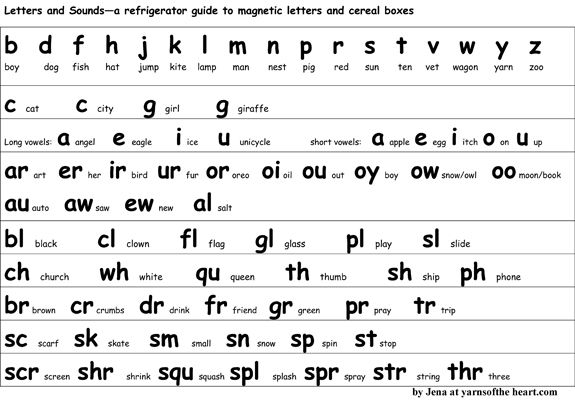 We also used Abeka curriculum during the early years, and they provided a ton of different phonics charts on colorful cardstock that we referenced frequently.
We also used Abeka curriculum during the early years, and they provided a ton of different phonics charts on colorful cardstock that we referenced frequently.
Phonics Charts
Using a phonics chart is a fun way to teach the sounding out process and phonics reading concepts for beginning readers. When using phonics charts, the color-coding process helps students focus on phonic patterns and word sound formation.
Benefits of using Phonics Charts
A phonics chart is great for visual learners because they can be put on display or as flash cards. Phonics charts encourage your students to write as they are able to see the charts ready for them to use as a reference.
Recommended Resource: MEGA Early Learning Bundle – 50% off!This bundle contains 600 pages of letters, numbers, shapes, colors, and more – everything you need to teach preschool! |
Free Printable Phonics Charts for Beginning Readers
Grab some printable phonics charts to help you teach your early learner phonetic sounds.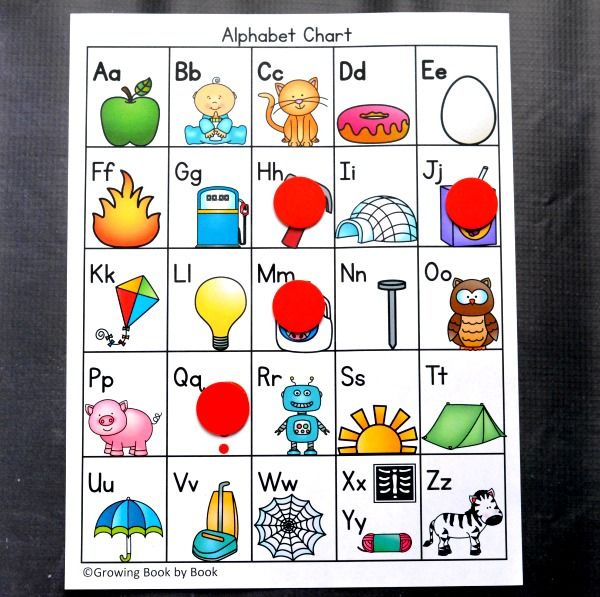 You’ll find different types of phonics charts that you can use on your wall or as a reference sheet.
You’ll find different types of phonics charts that you can use on your wall or as a reference sheet.
Phonics Chart
Phonics Charts and Phonics Strategies – This phonics resource holds a chart for blends, digraphs, and vowel sounds – each one will help your child as he begins his journey to being a reader. Don’t miss out on the different strategies and ideas to help your kids learn through games, word building, creative writing, and more.
Phonics Charts
20 Perfect DIY Phonics Charts – Check out these ideas to make your very own phonics charts your kids will love. They are super fun and will help your students to use them independently to increase confidence in their reading skills.
Phonics Sound Chart
Sound Charts – Grab these charts to go alongside your phonics lessons. There is a sounds cart, an alphabet chart, long vowels chart, diphthongs, and blends chart.
Consonant Sounds Phonics Chart
Consonant Sounds Phonics Chart – These charts for learning phonics are a fun activity to unlock the alphabetic code.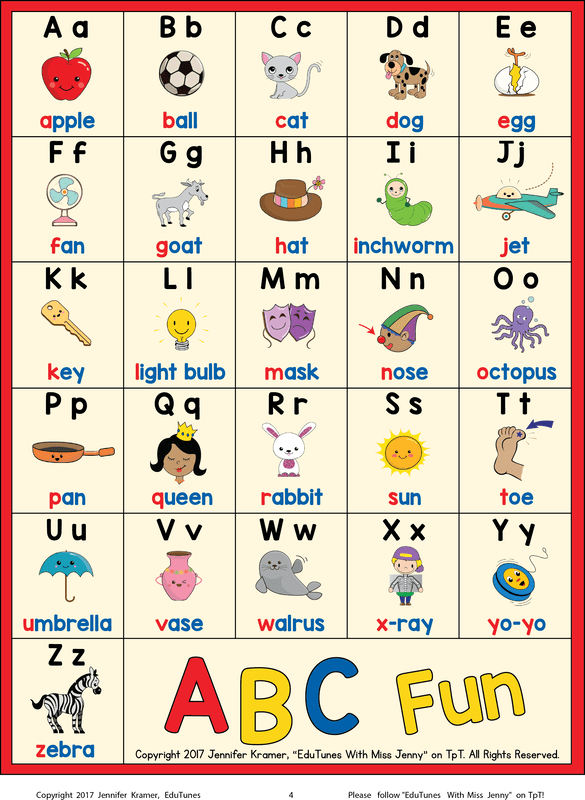 The phonics chart includes all the common vowel sounds and common consonant-sound spellings kids need to get familiar with.
The phonics chart includes all the common vowel sounds and common consonant-sound spellings kids need to get familiar with.
Phonics Chart Printable Pages
Abeka Phonics Chart Pages – This Abeka curriculum inspired phonics chart pages will help your kids with reading, phonics, and spelling. They are a great addition to your young student’s notebooks or wall displays.
Beginner Alphabet Phonics Sounds Chart
Alphabet Phonics Chart – This free alphabet learning phonics chart can be used as flash cards or posters in your homeschool. There are simple images next to each letter for your little ones to sound out.
Phonics Chart Download
Phonics Charts to Print & Color – Use phonics charts to introduce words and to combine them in various phrases and sentences. Your kids will have fun with phonics using these printable phonics charts.
Letter Sounds Chart
Phonics Sounds Cards & Charts – Challenge your young students with these free phonics sounds charts and cards.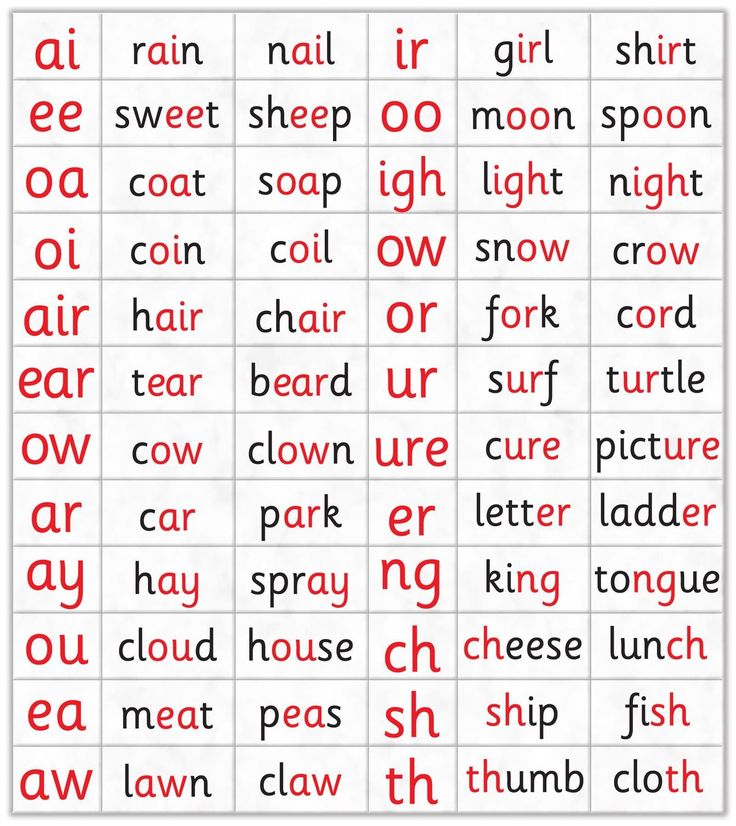 Your students will practice, review, and learn 84 different letter combinations.
Your students will practice, review, and learn 84 different letter combinations.
Phonics and Reading Tips, Tricks, and Resources:
What to Do When a Child Does Not Like to Read – Not every child will fall in love with reading. Not right away, anyway. Read all about what you can do as a parent should your child not like reading at all. We can all use some help.
What to Do When You Hate Reading Aloud – Is it weird for you if you read aloud? It could stem from when you were a child. Yet, we all know how important it is for our kids. Check out something you can do for your read-a-loud-phobia; bibliophobia.
Ideas and Activities That Teach Sight Words to Beginning Readers – Beginning readers truly benefit from learning sight words. Getting familiar with words they may soon use often, is a great foundation for their language learning experience.
Consonant Blend Story Book – Consonant blends include bl, br, cr, dr, gl, or just consonant sounds that blend together to make combined sounds. This book is a great reading resource to learn all about consonant blends.
This book is a great reading resource to learn all about consonant blends.
Early Learning Reading & Writing Helps – Here you will find a list of early learning help for reading and writing. Some of the lists include help with the silent, help when kids mix b/d, short vowel sounds, and more.
Letter b and d Reversal Helps – How many of you had kids that had (or are having) issues with mixing up their letter “b” and letter “d” when writing? My son still mixed them up until a couple of years ago. These “b” and “d” reversal worksheets and printables will help.
Free Printables for Early Readers – You will not want to miss this list of free printable early readers. Get some useful information on improving your child’s reading environment and a list of awesome emergent readers of sight words, princesses, fairy tales, firefighters, colors, and so much more.
Phonics Cut and Paste Activities:
Language Arts Cut & Paste – These language arts charts make a great addition to your synonyms and antonyms lessons.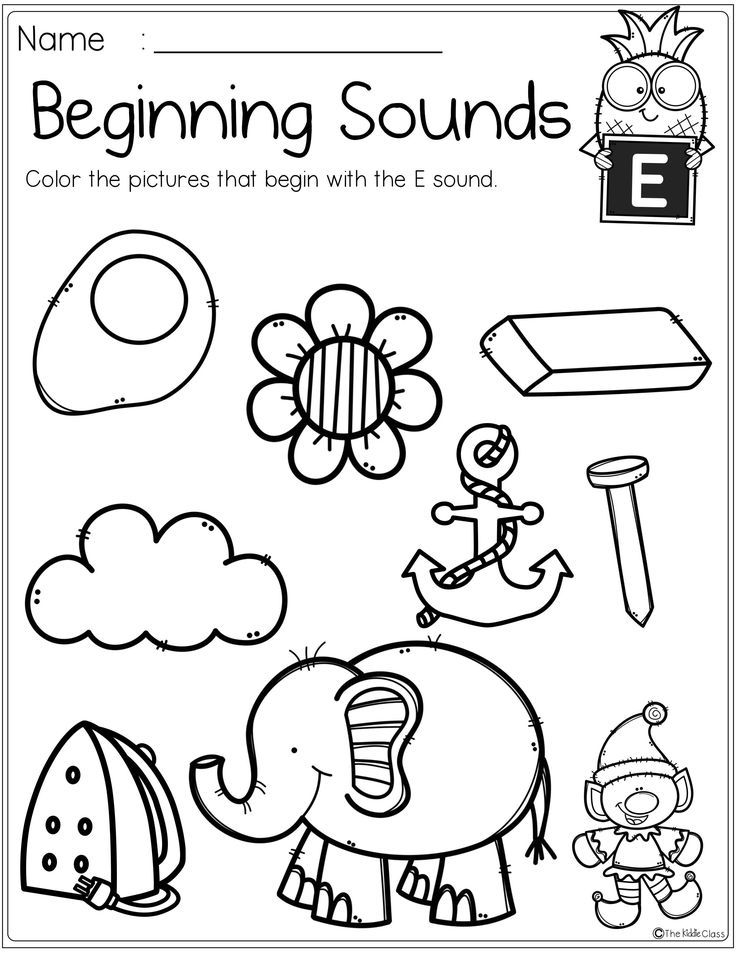 Check out this hands-on cut and paste activity to learn six different types of words.
Check out this hands-on cut and paste activity to learn six different types of words.
Phonics Cut & Paste Activity – Hands-on learning is the best for young learners! Help your kids review these 88 key sounds including consonant blends, digraphs, and more.
Reading CVC Cut and Paste Pack – Reading comprehension can always use a little help in fun ways. This free cut & Paste fun with fairy tales hands-on activity is the perfect addition to any reading lesson for your little ones.
Alphabet Tracing
Alphabet Tracing Pages for Young Writers – These free alphabet tracing pages are for lowercase and uppercase letters in a fun and adorable way. You will even get a bonus resource for pencil control practice in addition to a list of phonics fun.
Ocean-Themed Cursive Alphabet Tracing Pages – Tracing practice was always a hit at my house. Although I learned that my son needed more tracing practice than my daughter did. Grab these cursive alphabet tracing pages for your child needing some practice.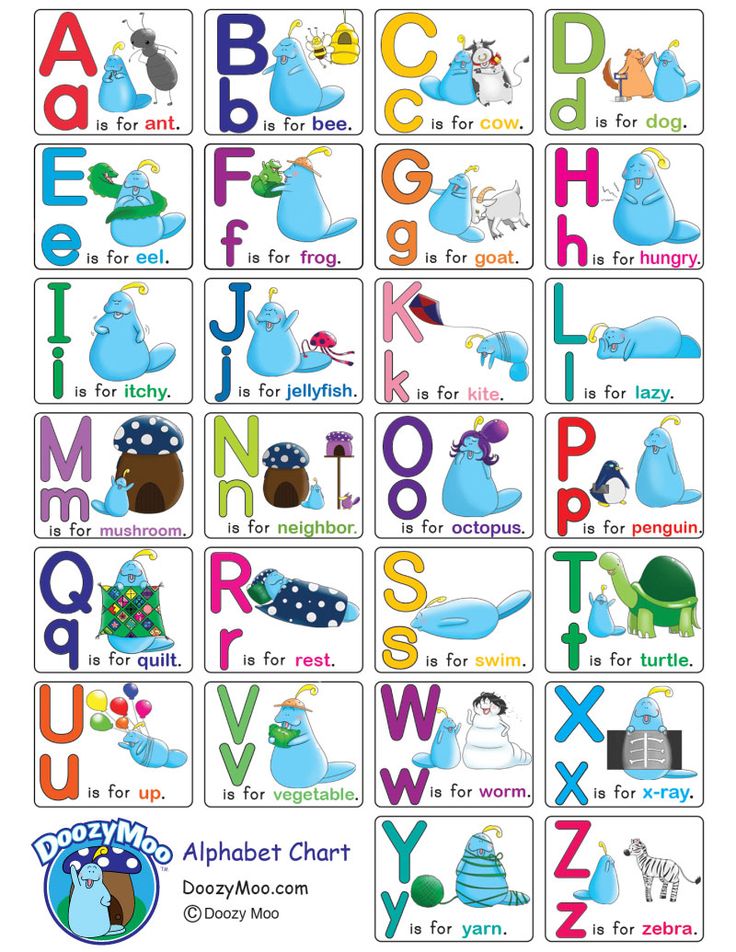
Letter of the Week Series: Free Alphabet Printables – Do you do Letter of the Week in your homeschool? You won’t want to pass up this awesome list to help you with doing the best simple and useful lessons for Letter of the Week for your young learners.
Recommended Post: Free Editable Name Tracing Sheets for Beginning WritersTracing names can can be boring unless you work had to make it fun. You can use an instant name worksheet maker or free editable name tracing sheets that use special fonts and dashed lines for writing practice. |
I will leave you all with a few quotes that will motivate you to read with your kids and not give up. Even when phonics and other methods may be a challenge, it is all worth it. You can begin with these free printable phonics charts for beginning readers.
“Once you learn to read, you will be forever free.” — Frederick Douglass
“A book is like a garden, carried in the pocket.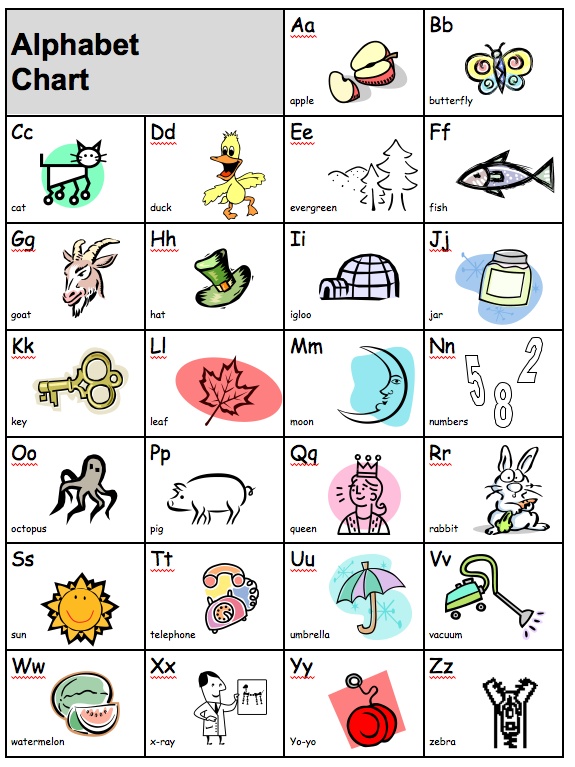 ” — Chinese Proverb
” — Chinese Proverb
“There is no frigate like a book, to take us lands away” — Emily Dickinson
“Let us remember: one book, one pen, one child, and one teacher can change the world.” — Malala Yousafzei
“There is no substitute for books in the life of a child.” — May Ellen Chase
“To learn to read is to light a fire; every syllable that is spelled out is a spark.” — Victor Hugo, Les Miserables
Email*
We value your privacy and promise never to send you spam; you can unsubscribe at anytime. View our Privacy Policy for more information on how we process your data.
Carrie
Carrie is the owner & operator of Homeschool Giveaways. She has been homeschooling for over a decade and has successfully graduated her first homeschooler. She has two girls and works side by side at home with her awesome husband. She has been saved by grace, fails daily, but continues to strive toward the prize of the high calling of being a daughter of the Most High God.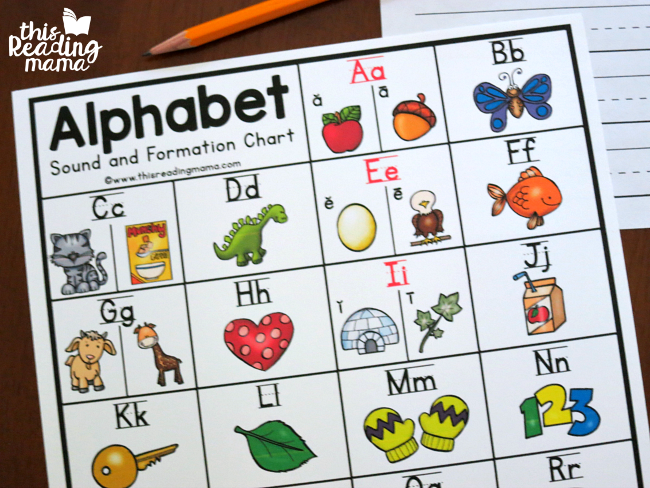
Sounds and letters of the Russian language - scheme, table, transcription
Contents:
• What is sound?
• What sounds are there?
• How are sounds pronounced?
• Transcription of the word
• Color scheme
Sounds belong to the phonetics section. The study of sounds is included in any school curriculum in the Russian language. Acquaintance with sounds and their main characteristics occurs in the lower grades. A more detailed study of sounds with complex examples and nuances takes place in middle and high school. This page provides only basic knowledge of the sounds of the Russian language in a compressed form. If you need to study the device of the speech apparatus, the tonality of sounds, articulation, acoustic components and other aspects that are beyond the scope of the modern school curriculum, refer to specialized textbooks and textbooks on phonetics.
What is sound?
Sound, like words and sentences, is the basic unit of language.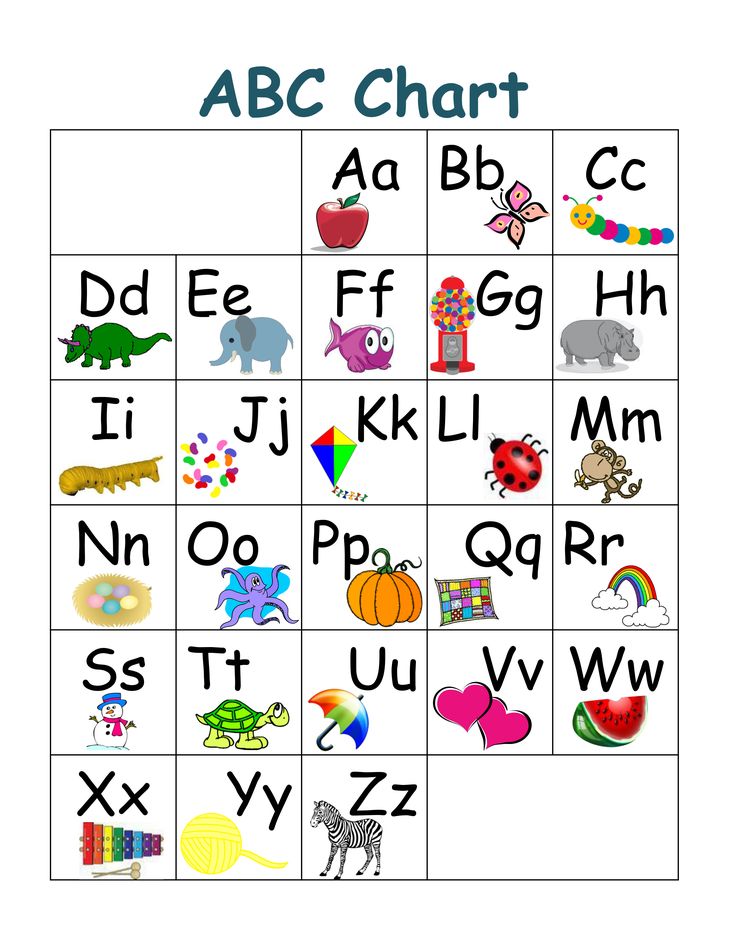 However, the sound does not express any meaning, but reflects the sound of the word. Thanks to this, we distinguish words from each other. Words differ in the number of sounds (port - sport, crow - funnel), set of sounds (lemon - estuary, cat - mouse), sequence of sounds (nose - dream, bush - knock) up to a complete mismatch of sounds (boat - boat, forest - park ).
However, the sound does not express any meaning, but reflects the sound of the word. Thanks to this, we distinguish words from each other. Words differ in the number of sounds (port - sport, crow - funnel), set of sounds (lemon - estuary, cat - mouse), sequence of sounds (nose - dream, bush - knock) up to a complete mismatch of sounds (boat - boat, forest - park ).
What sounds are there?
In Russian, sounds are divided into vowels and consonants. There are 33 letters and 42 sounds in Russian: 6 vowels, 36 consonants, 2 letters (ь, ъ) do not indicate a sound. The discrepancy in the number of letters and sounds (not counting b and b) is due to the fact that there are 6 sounds for 10 vowels, 36 sounds for 21 consonants (if we take into account all combinations of consonant sounds deaf / voiced, soft / hard). On the letter, the sound is indicated in square brackets.
There are no sounds: [e], [e], [yu], [i], [b], [b], [g '], [w '], [c '], [th], [h ], [sch].
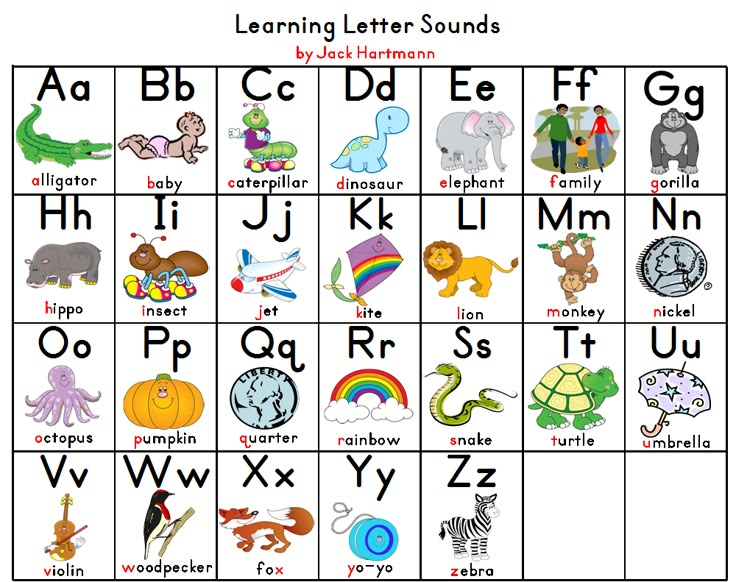 Letters and sounds of the Russian language. Scheme 1.1. Letters and sounds of the Russian language. Scheme 1.2. Vowels and sounds of the Russian language. Scheme 1.3. Consonants and sounds of the Russian language. Scheme 1.4. Russian letters that do not represent sounds.
Letters and sounds of the Russian language. Scheme 1.1. Letters and sounds of the Russian language. Scheme 1.2. Vowels and sounds of the Russian language. Scheme 1.3. Consonants and sounds of the Russian language. Scheme 1.4. Russian letters that do not represent sounds. How are sounds pronounced?
We pronounce sounds while exhaling (only in the case of the interjection "a-a-a", expressing fear, the sound is pronounced while inhaling.). The division of sounds into vowels and consonants is related to how a person pronounces them. Vowel sounds are pronounced by the voice due to the exhaled air passing through the tense vocal cords and freely exiting through the mouth. Consonant sounds consist of noise or a combination of voice and noise due to the fact that the exhaled air meets an obstacle in its path in the form of a bow or teeth. Vowel sounds are pronounced loudly, consonant sounds are muffled. A person is able to sing vowel sounds with his voice (exhaled air), raising or lowering the timbre.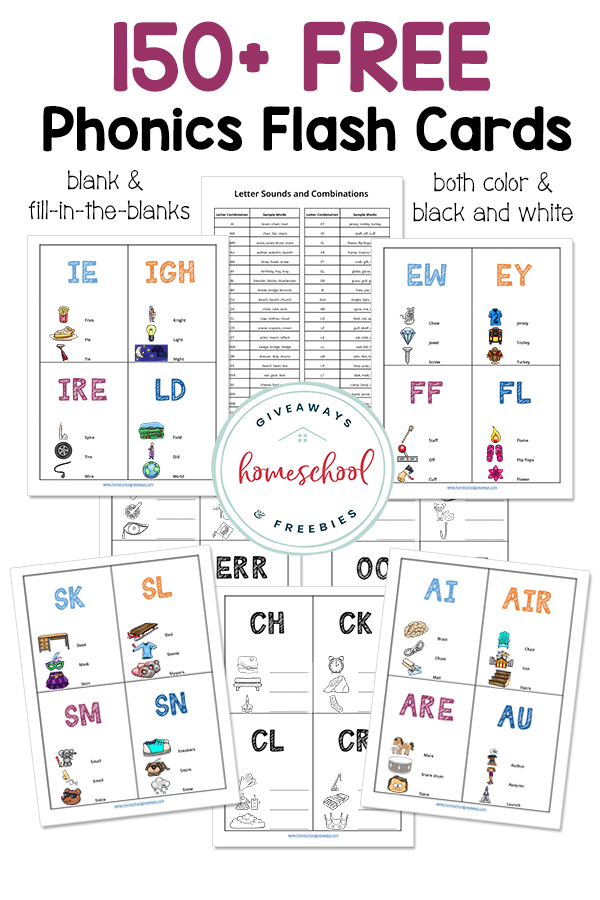 Consonant sounds cannot be sung, they are pronounced equally muffled. Hard and soft signs do not represent sounds. They cannot be pronounced as an independent sound. When pronouncing a word, they affect the consonant in front of them, make it soft or hard.
Consonant sounds cannot be sung, they are pronounced equally muffled. Hard and soft signs do not represent sounds. They cannot be pronounced as an independent sound. When pronouncing a word, they affect the consonant in front of them, make it soft or hard.
Transcription of a word
Transcription of a word is a recording of sounds in a word, that is, in fact, a record of how the word is pronounced correctly. Sounds are enclosed in square brackets. Compare: a is a letter, [a] is a sound. The softness of consonants is indicated by an apostrophe: p - letter, [p] - hard sound, [p '] - soft sound. Voiced and voiceless consonants are not marked in writing. The transcription of the word is written in square brackets. Examples: door → [dv'er '], thorn → [kal'uch'ka]. Sometimes stress is indicated in transcription - an apostrophe before a vowel stressed sound.
There is no clear correspondence between letters and sounds. In the Russian language, there are many cases of substitution of vowel sounds depending on the place of stress of a word, substitution of consonants or dropping out of consonant sounds in certain combinations.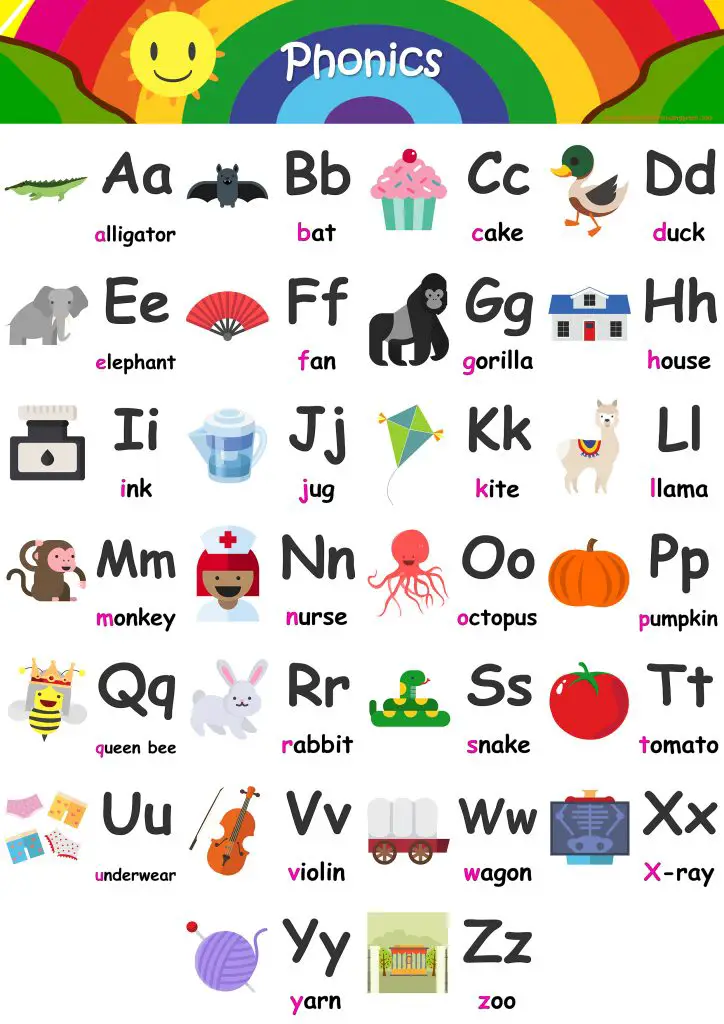 When compiling a transcription of a word, the rules of phonetics are taken into account.
When compiling a transcription of a word, the rules of phonetics are taken into account.
Color scheme
In phonetic parsing, words are sometimes drawn with color schemes: letters are painted with different colors depending on what sound they mean. Colors reflect the phonetic characteristics of sounds and help you visualize how a word is pronounced and what sounds it consists of.
All vowels (stressed and unstressed) are marked with a red background. Iotated vowels are marked green-red: green means a soft consonant sound [y ‘], red means the vowel following it. Consonants with solid sounds are colored blue. Consonants with soft sounds are colored green. Soft and hard signs are painted in gray or not painted at all.
| Vowels0040 | |
| Consistent | Tsh zh zh zhb z k l m h r ch chhh |
| b, b. | b |
- vowel, - vowel iot - hard consonant, - soft consonant, - soft or hard consonant, - does not mean a sound.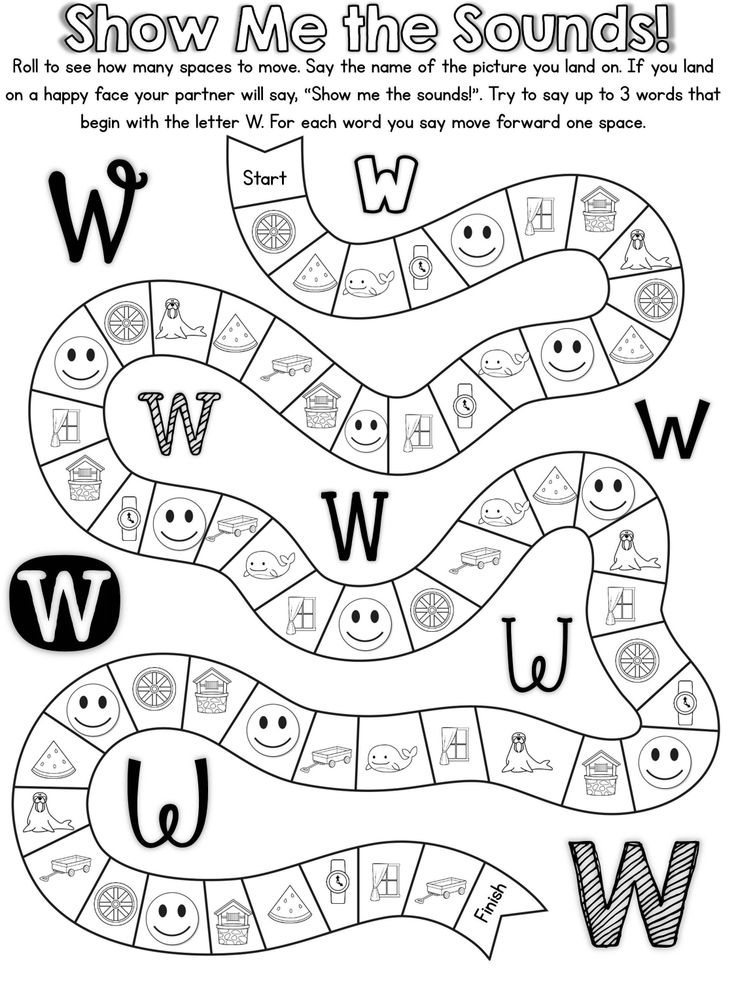
The blue-green color is not used in the schemes for phonetic analysis, since a consonant cannot be both soft and hard at the same time. The blue-green color in the table above is only used to show that the sound can be either soft or hard.
Words with the letter ё must be written through ё. Phonetic parsing of the words "everything" and "everything" will be different!
Vowel sounds and letters. How many are there in Russian?
Free introductory lesson in Russian
Enroll
The correct pronunciation of words is one of the components of a beautiful and literate speech. To achieve this, you will first have to study the sounds themselves. In this article, we will figure out together what vowel sounds are, how many vowels are in the alphabet of the Russian language, and what sounds they can represent.
What are vowels and sounds
Vowel sounds are those sounds that we freely convey with our voice.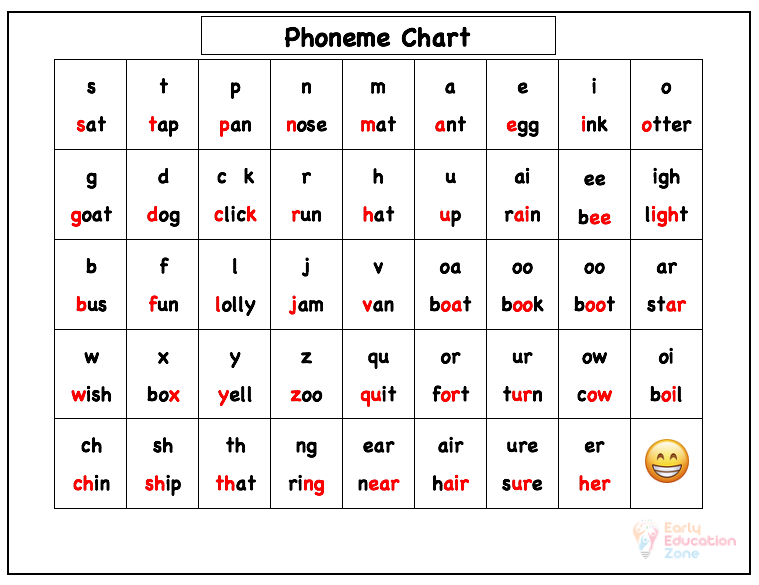 Hence their name comes from: voice means "voice". When pronouncing, air exits through the mouth and does not create noise, and the position of the tongue and lips determines which vowel sound we will pronounce.
Hence their name comes from: voice means "voice". When pronouncing, air exits through the mouth and does not create noise, and the position of the tongue and lips determines which vowel sound we will pronounce.
There are much fewer vowels in Russian than consonants. There are 6 of them in total: [a], [o], [i], [s], [y] and [e]. To understand whether a vowel sound is in front of you or not, try to sing it. For example:
-
a-a-a ,
-
woo
-
s-s-s .
If it works, then the sound is a vowel. You can't do that with consonants.
There are more vowels than sounds - there are 10 of them: a, i, u, u, o, e, e, e, i, s . This difference is due to the fact that some of these letters can represent two sounds and are pronounced using a combination of a vowel and a consonant [y'].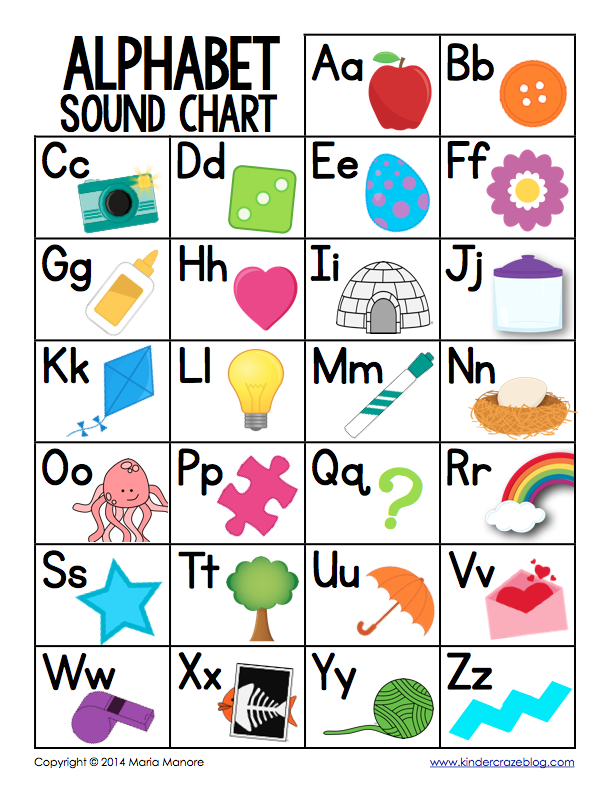 For example, in word spruce the letter e expresses two sounds - [y'] and [e]. Let's look at the table all the vowel sounds and the letters that represent them.
For example, in word spruce the letter e expresses two sounds - [y'] and [e]. Let's look at the table all the vowel sounds and the letters that represent them.
| Letter | Sound | Example |
|---|---|---|
| a | [a] | pharmacy |
| i | [a] [d'] + [a] | change anchor |
| at | [y] | moon |
| [y] [y'] + [y] | love skirt | |
| about | [o] [a] | horse milk |
| e | [e] [y'] + [e] [and] | victory raccoon great |
| e | [o] [d'] + [o] | rope hedgehog |
| e | [e] | evolution |
| and | [and] [s] | caviar life |
| s | [s] | choice |
Demo lesson in Russian
Take the test at the introductory lesson and find out what topics separate you from the "five" in Russian.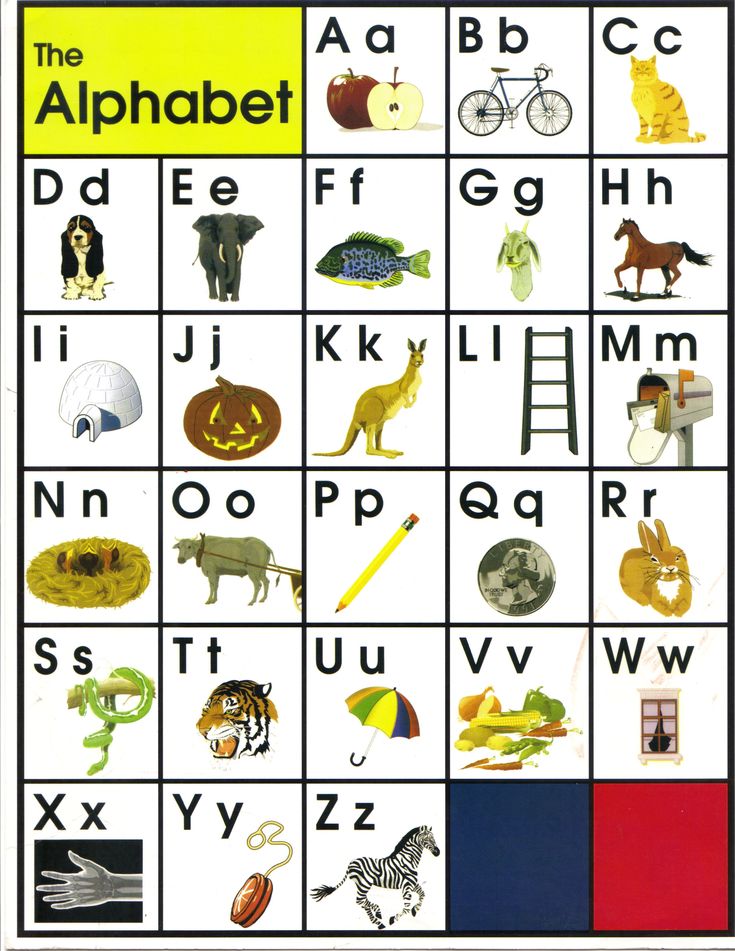
How vowel sounds are related to syllables
Vowel sounds form syllables - sound segments of words that we pronounce with one breath. One syllable can be either a vowel with one or more consonants, or a vowel alone. There is even a rule by which syllables can be counted: how many vowels in a word - so many syllables.
For example, in the word journey there are 5 vowels: [u], [i], [e], [i] and [e]. This means that it has 5 syllables: p-te-she-stvi-e .
Test yourself!
Count the number of syllables in the words: try on, tanner, well-groomed, care, prefix, capital, wet, invitation, orange .
Vowel sounds and stress
Now let's see what groups vowel sounds are divided into. Sometimes their pronunciation depends on whether the stress falls on them, that is, whether we single them out with our voice. So vowel sounds are divided into stressed and unstressed.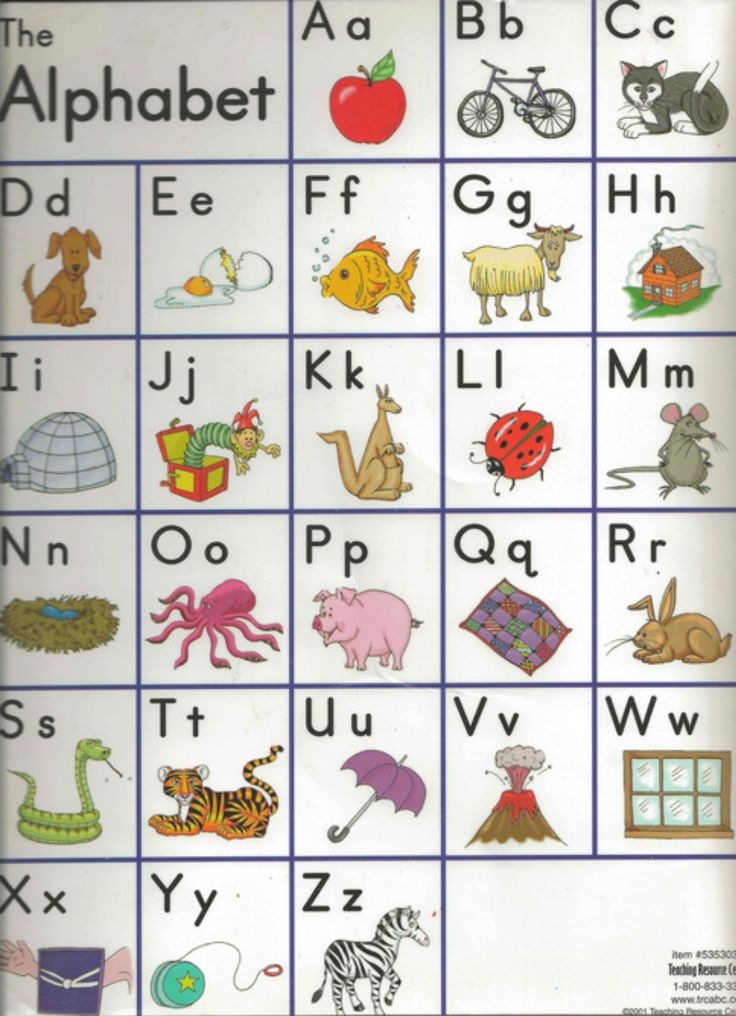 Here are some examples:
Here are some examples:
| | | |
|---|---|---|
| | | |
| | | |
| | | |
Stress in Russian can fall on any of the existing vowel sounds. However, only 4 of them can be unstressed - these are [a], [i], [y] and [s]. In this position, we pronounce sounds weaker than under stress, because of which they can change qualities and sound differently.
Interestingly, the vowels [o] and [e] can only be stressed. There are only a couple of exceptions to this rule: for example, in words cocoa and canoe sounds [o] and [e] in an unstressed position.
How unstressed vowels are related to consonants
How an unstressed vowel sounds depends on the consonant that precedes it. Or rather, from its hardness or softness. If it is a hard consonant, it can be followed by unstressed vowels [y], [a] and [s]. When we talk about a soft consonant, it is followed by unstressed vowels [y] and [and].
| | |
|---|---|
| | |
| | |
| | |
Free English lessons with a native speaker
Practice 15 minutes a day.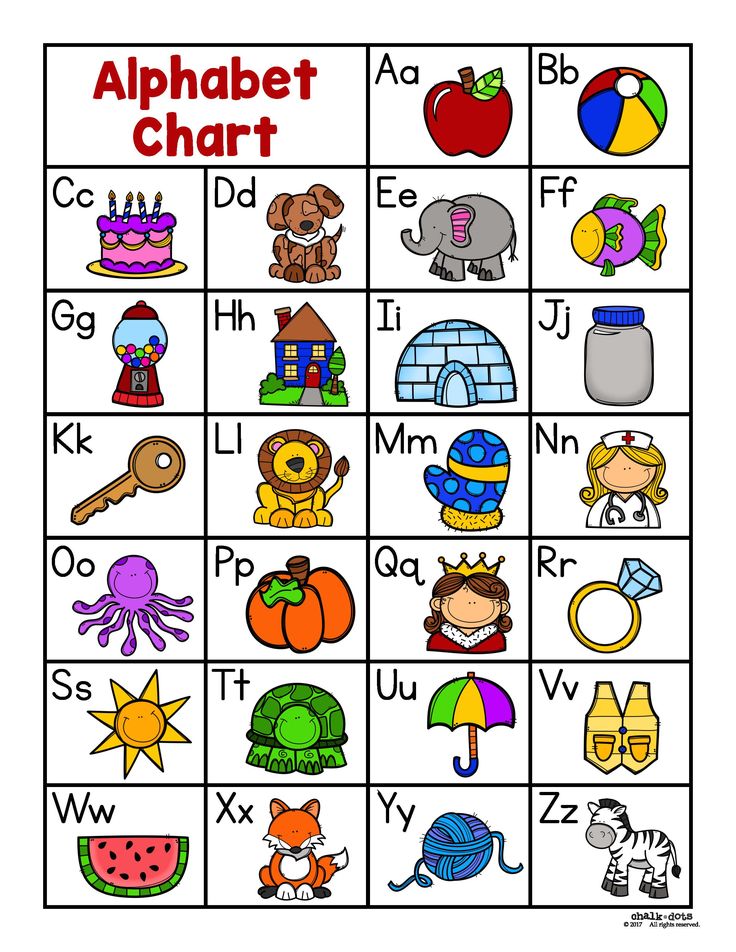 Learn English grammar and vocabulary. Make language a part of life.
Learn English grammar and vocabulary. Make language a part of life.
Test yourself
It's time to find out if you now understand well what vowel sounds are in Russian. To do this, we have prepared tasks for self-examination.
Task 1
List all the vowels in these words:
fair,
rejoice,
doll,
remote,
buddy,
voting,
mirror,
story,
OK,
captivate.
Task 2
Name 5 words each in which the sounds [a], [i], [y] and [s] would be in a stressed position.
Task 3
Name 5 words in which an unstressed vowel would come after a hard consonant and 5 more words where it would follow a soft consonant.
Task 4
Count the number of syllables in the words below (don't forget to use the rule you learned at the beginning of the article!):
-
weightless,
-
sunrise,
-
adventure,
-
painter,
-
perpetuate,
-
nice,
-
image,
-
category,
-
exciting,
-
melting,
-
snowflake.
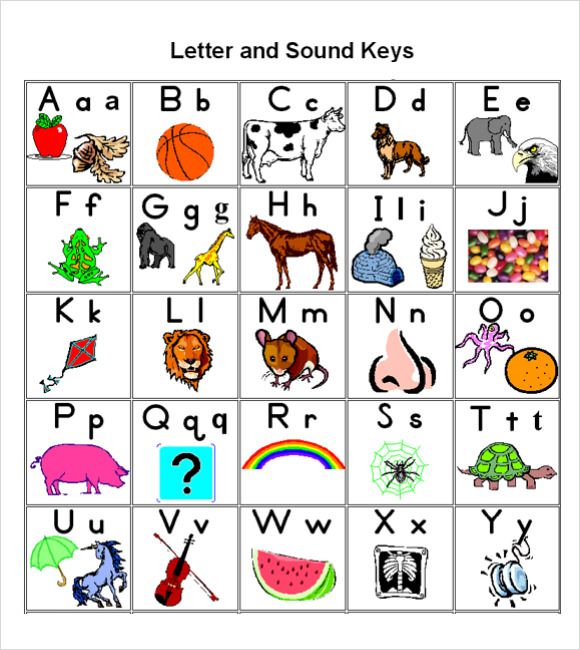
Learn more

